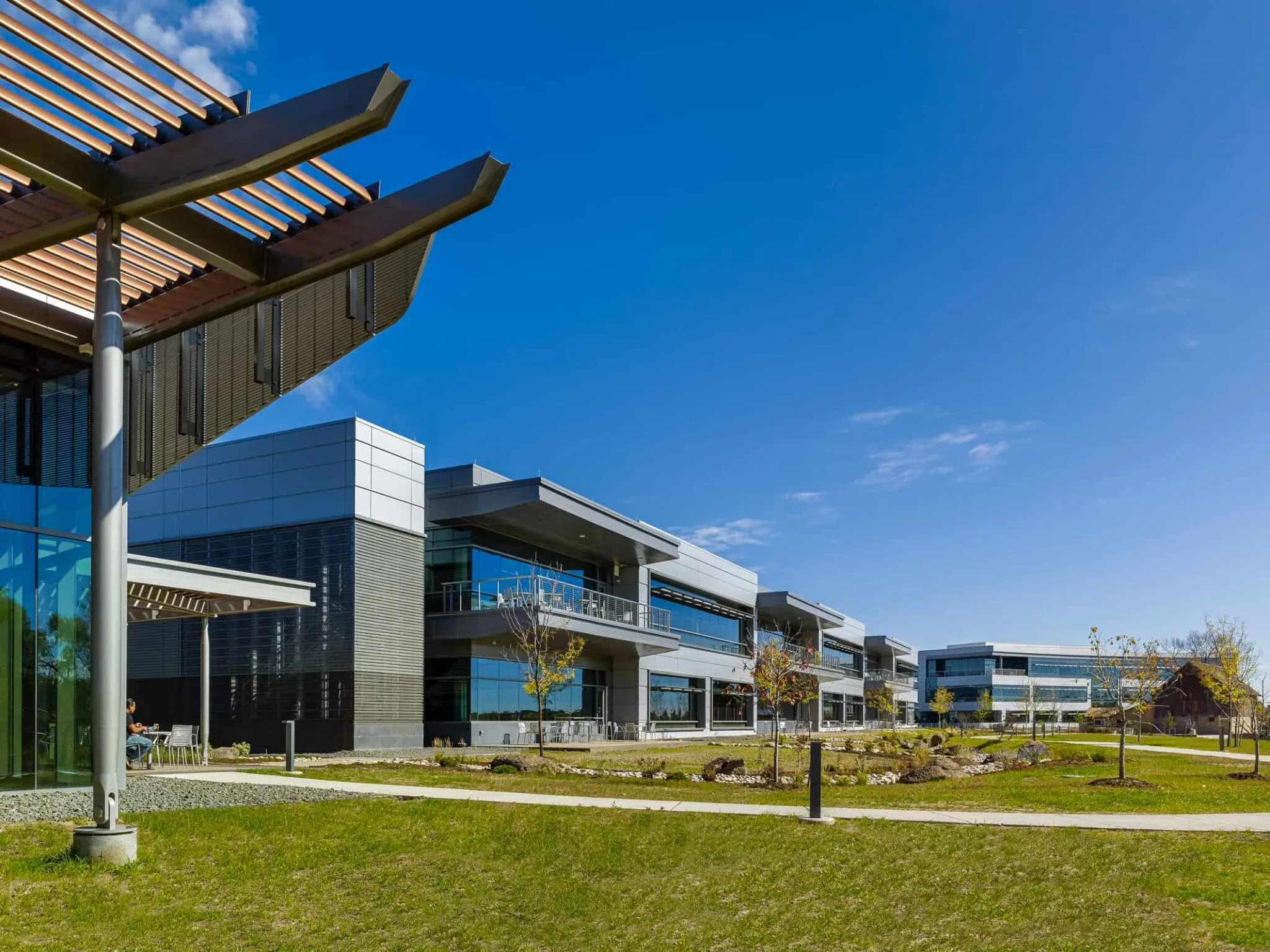Xcel seeks to catalyze renewable energy growth
With the late February approval of Xcel Energy Inc.’s (NYSE: XEL) proposed $1.7-billion, 500-plus-mile Power Pathway electrical transmission line project, the utility says it is poised to make serious strides in its efforts to achieve carbon-free electricity generation by 2050.
The Power Pathway project is expected to stretch between 560 and 650 miles — which would make it Colorado’s longest transmission line — to deliver renewable energy in a loop from Longmont east into Weld County and the plains, then south to the corner of the state and back north to Denver. The Colorado Public Utilities Commission has signed off on…
THIS ARTICLE IS FOR SUBSCRIBERS ONLY
Continue reading for less than $3 per week!
Get a month of award-winning local business news, trends and insights
Access award-winning content today!




